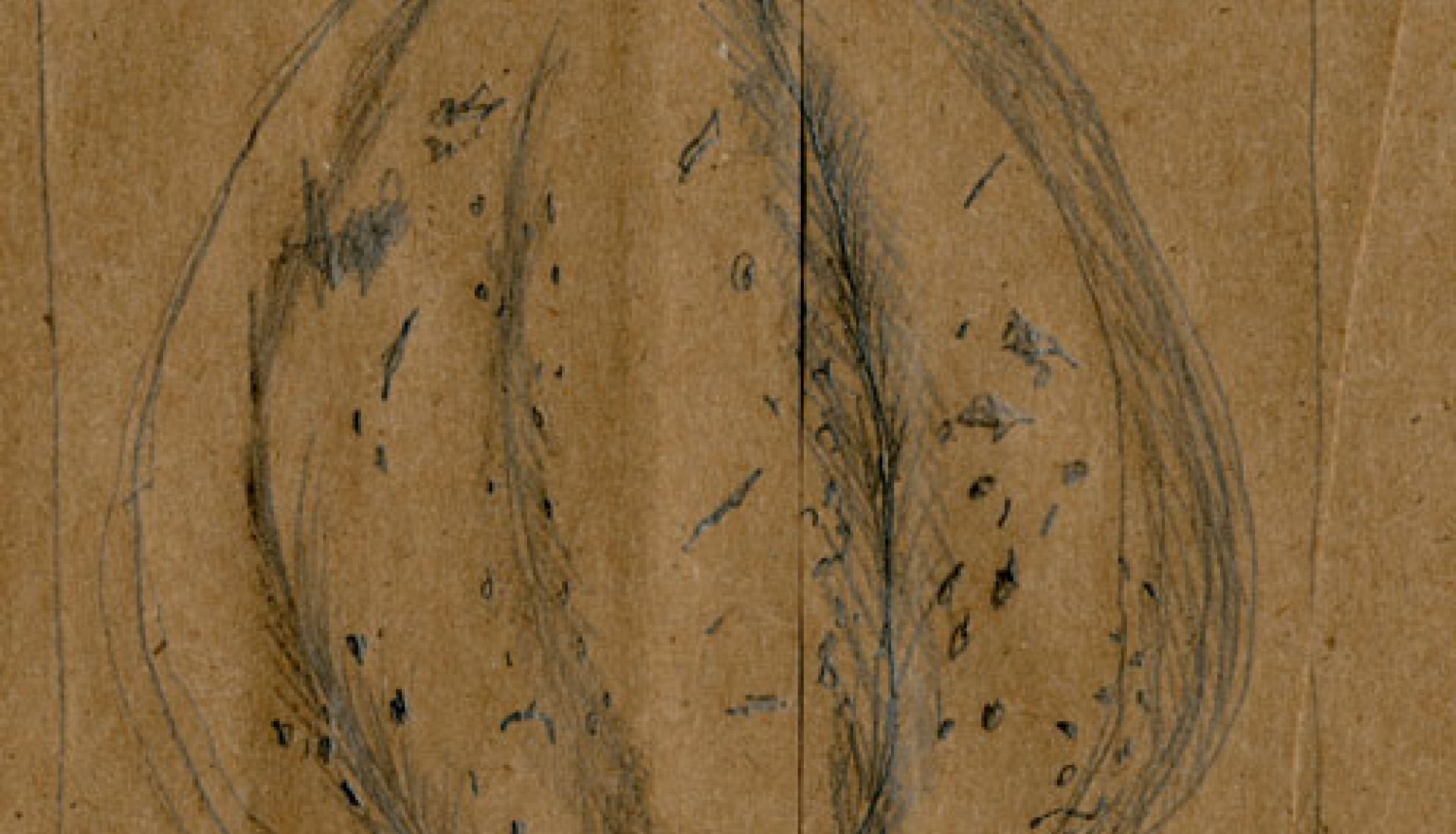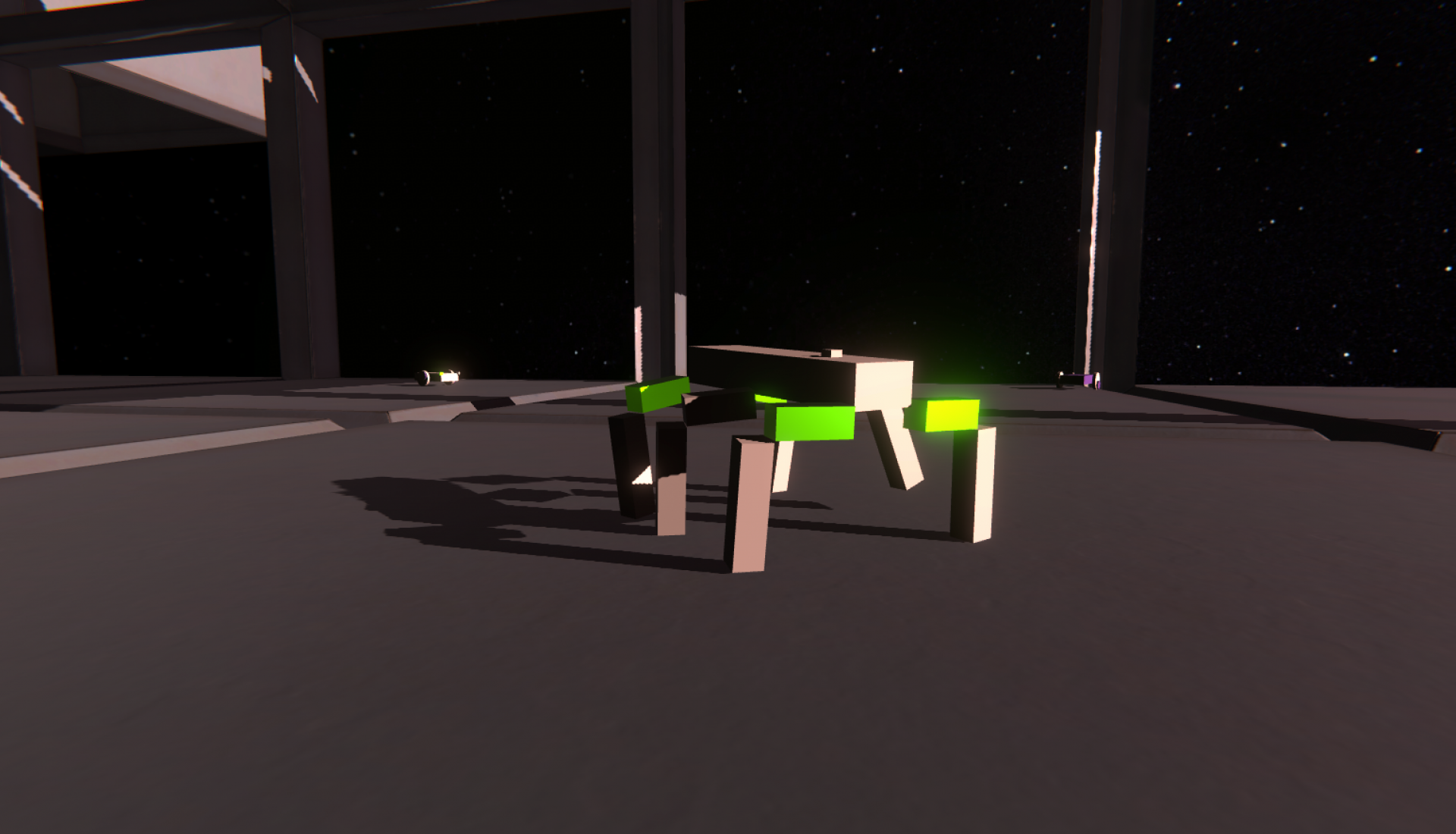LASER9 Forests drawing close
LASER Hexagram Montreal
Co-Chairs Nina Czegledy and Gisèle Trudel
Wednesday, November 11th, 7pm - 8:30 pm
Tiohtià:ke | Montreal
Free online video conferencing via Hexagram’s YouTube channel
In English
With
David Howes (Professor, Department of Sociology and Anthropology, Concordia University, Adjunct Professor, Faculty of Law, McGill University, Montreal ; Hexagram Research member)
Jehová Lourenço Jr (Universidade Federal do Espirito Santo, Brazil ; Postdoctoral Fellow, Centre d’étude de la forêt, UQAM)
Jorge Zavagno (Masters candidate, Studio Arts Department, Concordia University)
Leila Sujir (Professor, Studio Arts Department, Concordia University)
Image: Old-growth production shoot Forest! with artist director Leila Sujir (left) and cinematographer Christian Kroitor (right), Big Lonely Doug location near Port Renfrew, June 2016. Photo : Christian Kroitor. Used with permission.
This edition of the LASER series proposes to build on current artistic, anthropological, architectural and scientific research about forest ecosystems for enriching discussions about biodiversity and creativity. Forest agencies of humans and more-than-humans point to manifold affordances, combining their inner and outer workings to inhabit convergent worlds. The speakers will discuss the following topics : visualizing respect and memory of old-growth forests with high-definition video and stereoscopic technologies (Sujir and Zavagno), deciphering the inner network of tree sap flow functions with 3D microscopic imagery in periods of drought (Lourenço) as well as recent trends in architectural designs in Finland pointing to the resurgence of wood, a qualitative housing endeavour to kindle the senses (Howes).
Through the interplay of sensing bodies and technologies, Forests Drawing Close will be an encounter with conditions of proximity about tree relations, up close and afar.
This LASER edition is presented in the context of Hexagram’s 1st Interdisciplinary Summit Web Platform entitled Sympoietics : The Sharing of Agency and Autonomy. (https://rencontres.hexagram.ca/).
Invading Forests
David Howes will discuss the implications of Finnish architect Juhanni Pallasmaa's work - most notably The Eyes of the Skin: Architecture and the Senses (1996) - for the recent re-valorization, by architects and designers, of wood as a building material (formerly dismissed as a fire hazard and constructions made of it deemed “vernacular”). For a long time, humanity sought to domesticate or “manage” forests. Might this new trend in wooden architecture be a sign of forests drawing closer and sylvanizing us? This presentation complements Howes’ essay on Whole-Body Sensing: Encountering the Forest with Henry David Thoreau on Hexagram’s Sympoïétiques Web platform.
Hydraulic Architecture of Trees: Adjusting to Survive in a Changing World
Jehová Lourenço Jr will present the use of novel approaches such as laser microscopy for 3D imaging of cell structures and trait-based ecology in understanding how trees adjust their hydraulic architecture to cope with environmental constraints through time. Recent studies conducted with Jack Pine trees on cell-level adjustments and their effects on the safety and efficiency of water transport allow us to understand the outstanding growth performance of this species and its ability to withstand drought.
Walking in 3D Stereoscopic Forest Spaces (2016-ongoing)
Leila Sujir and Jorge Zavagno will talk about the development of a series of video projects focusing on the old-growth forests, collaboration with the community in their practice, and the possibilities brought by considering walking rather than seated viewers. The monumental scale of the video projections and the “elastic depth” of the 3D images render the work immersive, integrating the spectators' corporal movements into its reception.
BIOS
David Howes is a Professor of Anthropology at Concordia University, and an Adjunct Professor in the Faculty of Law at McGill University, Montreal. His teaching and research span many disciplines, including anthropology, art, law, architecture and marketing. He is a forceful proponent of the comparative method. David is a research member of Hexagram and he is currently directing a project entitled Explorations in Sensory Design.
Jehová Lourenço Jr is a Brazilian plant ecologist with expertise in the Atlantic rainforest ecosystem. His work and research provide new insights into how environmental change influences forest functioning. He is a Postdoctoral Research Fellow at the Centre d’étude de la forêt at UQAM. He was recently awarded a Newton International Fellowship by the British Royal Society.
Jorge Zavagno is a Concordia INDI Masters candidate in Intermedia Practices whose research focuses on the use of 3D and 360 video to encapsulate and narrate the decision-making processes of documentary filmmakers. With over ten years of experience as a post-production supervisor for documentary films, Jorge is part of the Elastic Spaces research group at Concordia as the technical director.
Leila Sujir is an artist, Associate Professor in Intermedia and Chair of the Studio Arts Department at Concordia University. Over the last thirty years, she has been building a body of video/video installation artworks exploring immigration, migration, nation and culture. Sujir is a founding member of Hexagram. Her works have been shown at the Museum of Modern Art in New York City and the Tate Gallery in England.
Presentation partners : Médiane Canada Research Chair in the arts, ecotechnologies of practice and climate change and Hexagram Network.
------FR
LASER 9 Hexagram Montréal
Coresponsables Nina Czegledy et Gisèle Trudel
Forests Drawing Close
Image: Tournage de la production Forest! avec Leila Sujir (à gauche), directrice artistique, et Christian Kroitor (à droite), directeur de la photographie, sur le site de Big Lonely Doug, près de Port Renfrew, en juin 2016. Photo : Christian Kroitor. Avec l’aimable autorisation de l’artiste.
Mercredi 11 novembre 2020, 19 h - 20 h 30
Tiohtià:ke | Montréal
Visioconférence gratuite via la chaîne YouTube de Hexagram
En anglais
Avec
David Howes (Professeur, Department of Sociology and Anthropology, Concordia University, Professeur associé, Faculty of Law, McGill University, Montréal ; Membre de Hexagram)
Jehová Lourenço Jr (Universidade Federal do Espirito Santo, Brésil ; Chercheur postdoctoral, Centre d’étude de la forêt, UQAM)
Jorge Zavagno (Candidat à la maîtrise, Studio Arts Department, Concordia University)
Leila Sujir (Professeure, Studio Arts Department, Concordia University)
Cette édition de la série LASER se penche sur les recherches artistiques, anthropologiques, architecturales et scientifiques actuelles à propos d’écosystèmes forestiers, afin de contribuer à une discussion portant sur la biodiversité et la créativité. Les agirs forestiers avec humains et plus-qu’humains pointent vers une convergence de mondes. Lors de la table ronde, les invitéEs aborderont les thèmes suivants : le respect et la mémoire des forêts anciennes par la visualisation en vidéo haute définition et les technologies stéréoscopiques (Sujir et Zavagno), l'imagerie microscopique 3D montrant le réseau interne de la sève des arbres en période de sècheresse (Lourenço), ainsi que la résurgence du bois dans les récentes tendances architecturales en Finlande, telle une exploration de l’habitat qualitatif pouvant susciter l’éveil des sens (Howes).
Par le jeu sensoriel entre corps et technologies, Forests Drawing Close se veut une rencontre intimiste, réunissant le proche et le lointain d’un réseau de relations avec les arbres.
Ce LASER est présenté dans le cadre de la Première édition des Rencontres interdisciplinaires de Hexagram, dans sa plateforme Web intitulée Sympoïétiques : Le partage de l’agir et de l’autonomie (https://rencontres.hexagram.ca/).
Invading Forests
David Howes discutera du travail de l'architecte finlandais Juhanni Pallasmaa et son livre The Eyes of the Skin: Architecture and the Senses (1996) - ceci en relation avec la récente revalorisation du bois en tant que matériau de construction par les architectes et les designers. Ce matériau était autrefois évité, car il présentait un risque d’incendie et les constructions faites avec du bois étaient considérées comme étant “vernaculaires”. Pendant longtemps, l'humanité a cherché à domestiquer ou à “gérer” les forêts. Cette nouvelle tendance de l'architecture en bois pourrait-elle être le signe que les forêts se rapprochent de nous et nous sylvanisent? Cette présentation se veut un complément au texte de Howes intitulé Whole-Body Sensing: Encountering the Forest with Henry David Thoreau, accessible dans la plateforme Web Sympoïétiques de Hexagram.
Hydraulic architecture of trees: adjusting to survive in a changing world
Jehová Lourenço Jr présentera des approches innovantes telles que la microscopie laser pour visualiser les structures cellulaires des arbres en imagerie 3D. Il discutera de l'écologie basée sur la théorie des traits, afin de comprendre comment les arbres ajustent au fil du temps leur architecture hydraulique pour faire face aux conditions environnementales. Des études récentes menées avec des pins gris sur le plan cellulaire et les effets portant sur la sécurité et l'efficacité du transport de l'eau de l’arbre permettent de comprendre la croissance exceptionnelle de cette espèce ainsi que sa capacité à résister à la sècheresse.
Walking in 3D stereoscopic forest spaces (2016 - ongoing)
Leila Sujir et Jorge Zavagno parleront d'une série de projets vidéo présentant les forêts anciennes. Ils discuteront de leur collaboration avec les communautés dans leur pratique artistique et des possibilités offertes par le mouvement des spectateurs au sein de leurs œuvres sans privilégier la position assise. L'échelle monumentale des projections vidéo et la profondeur élastique des images stéréoscopiques permettent une immersion dans l'œuvre selon les déplacements des spectateurs.
BIOGRAPHIES
David Howes est professeur en Anthropology, Concordia University et professeur associé au Faculty of Law, McGill University à Montréal. Son enseignement et ses recherches couvrent de nombreuses disciplines, dont l'anthropologie, l'art, le droit, l'architecture et le marketing. Il est un ardent défenseur de la méthode comparative. Il est membre cochercheur de Hexagram et il dirige actuellement un projet intitulé Explorations in Sensory Design.
Jehová Lourenço Jr est un écologiste brésilien spécialisé dans l'écosystème de la forêt tropicale humide de l'Atlantique. Son travail et ses recherches apportent de nouvelles connaissances à propos de la manière dont les changements environnementaux influencent le fonctionnement des forêts. Il est chercheur postdoctoral au Centre d’étude de la forêt de l'UQAM. Il est le récent lauréat d’un Newton International Fellowship de la British Royal Society.
Jorge Zavagno est candidat à la maîtrise en INDI Intermedia, Concordia University. Ses recherches portent sur l'utilisation de la vidéo 3D et 360 pour représenter et narrer les processus décisionnels chez les documentaristes. Il a plus de dix ans d'expérience en tant que superviseur à la postproduction pour des films documentaires. Jorge est aussi directeur technique du groupe de recherche Elastic Spaces de Concordia.
Leila Sujir est artiste, professeure en Intermedia et directrice du Studio Arts Department, Concordia University. Au cours des trente dernières années, elle a construit un corpus de vidéos et d'installations vidéo qui explorent l'immigration, la migration, la nation et la culture. Sujir est membre fondatrice de Hexagram. Ses œuvres ont été exposées au Musée d'art moderne de New York et à la Tate Gallery en Angleterre.
Partenaires de présentation: Médiane, la Chaire de recherche du Canada en arts, écotechnologies de pratique et changements climatiques et le réseau Hexagram.



